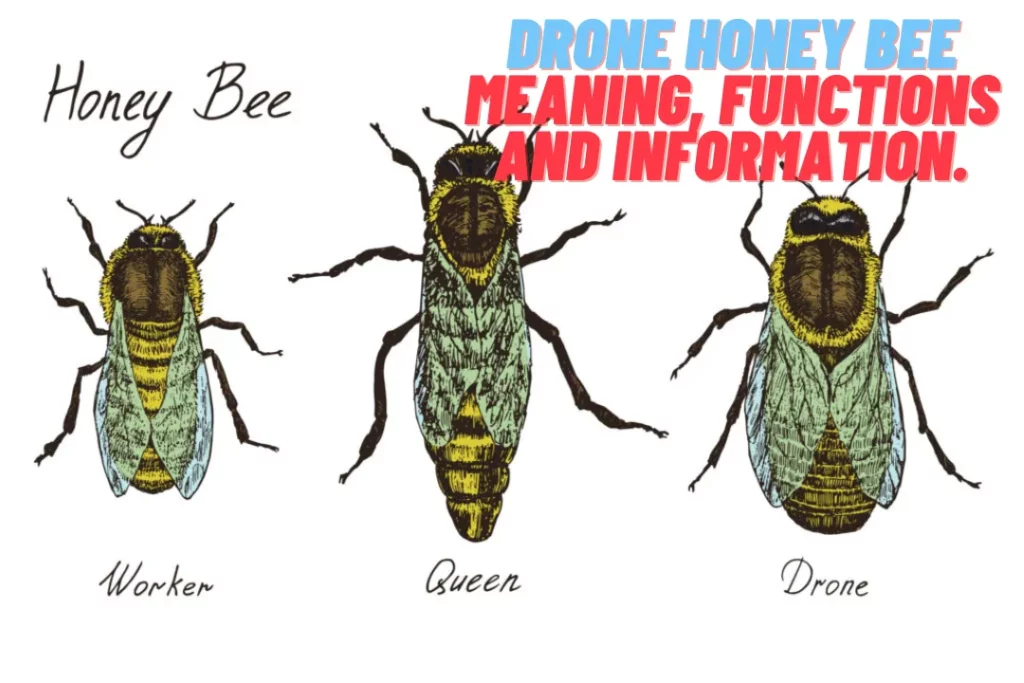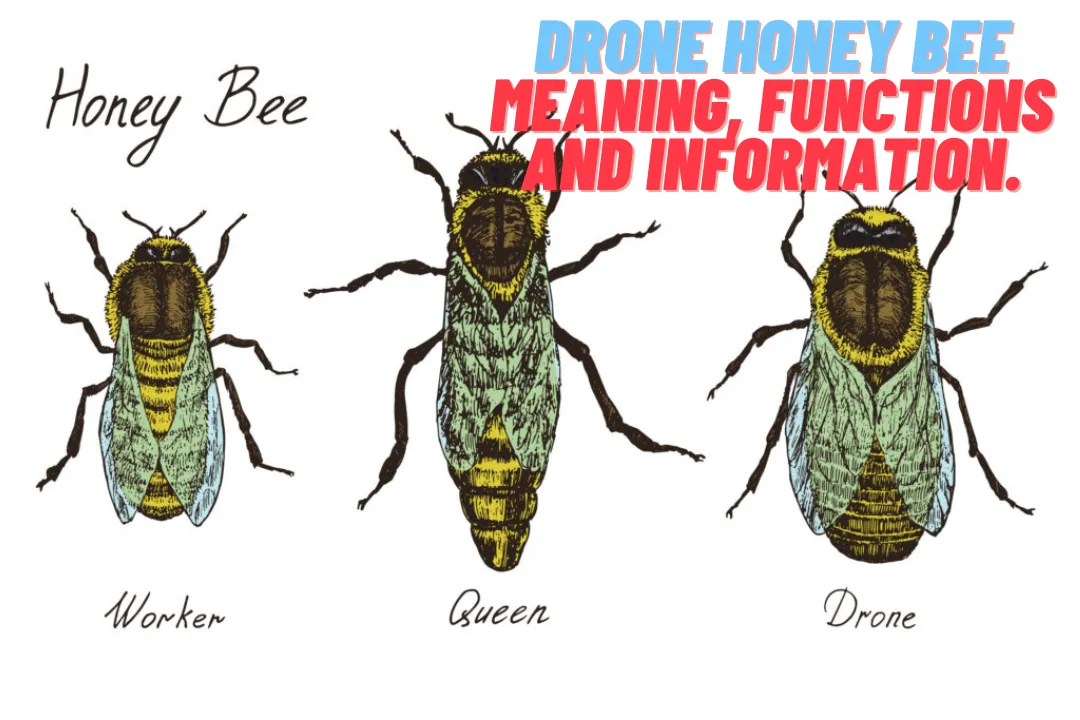
Introduction
Table of Contents
In the enchanting realm of honey bee colonies, the role of each bee is like a well-choreographed dance, contributing to the survival and prosperity of the entire hive. Drone honey bees hold a unique and important position among these industrious insects.
In this article, we delve into the meaning, function, and significance of drone honey bees, shedding light on their pivotal role in the intricate world of pollination and honey production.
Understanding Drone Honey Bees: Meaning and Characteristics
Drone honey bees, often called “drones,” are male bees within a honey bee colony. Unlike their female counterparts, worker bees and queen bees, drones have distinct physical and behavioral characteristics. They are larger, boasting broader bodies and more enormous eyes.
Drones lack stingers, rendering them unable to defend the hive against intruders or predators. Their primary purpose is centered around reproduction, contributing to the survival and expansion of the colony.
The function of Drone Honey Bees
The primary function of drone honey bees revolves around reproduction. Their sole purpose is to mate with virgin queen bees from neighboring colonies. When the time is right, drones embark on their mating flights, soaring into the skies in search of queens in their nuptial flight.
These mating flights are a captivating sight, with drones soaring high above, engaging in aerial pursuits to mate with receptive queens.
Mating Process and Genetic Diversity
The mating process of drone honey bees is crucial for the genetic diversity of the honey bee population. During their mating flights, drones transfer genetic material to queens, contributing to the diverse gene pool of future generations.
This genetic diversity is essential for the health and adaptability of honey bee colonies, enabling them to withstand environmental challenges and changing conditions.
Importance in Pollination
While drones do not participate in tasks such as foraging or producing wax, their indirect contribution to pollination should not be underestimated. Honey bees, including drones, play a pivotal role in the pollination of countless flowering plants, including crops.
This process is vital for the reproduction of many plant species and the production of fruits and seeds. Thus, the presence of healthy drone populations indirectly supports food production and ecological balance.
Challenges and Conservation
Despite their vital role, drone honey bees face challenges that impact their population. Factors such as habitat loss, pesticide exposure, and disease outbreaks have contributed to declines in honey bee populations, including drones.
Conservation efforts aimed at preserving honey bee colonies and their habitats are crucial to maintaining the delicate balance of ecosystems and ensuring the sustainability of agricultural practices.
Conclusion
In the intricate tapestry of honey bee colonies, drone honey bees play a unique and pivotal role in ensuring the continuation of their species. While they may not engage in the typical tasks associated with worker bees, their contribution to genetic diversity and their indirect role in pollination is invaluable.
As we appreciate the complexity of the natural world, it becomes evident that every member, including the drone honey bee, has its significance in the grand scheme of things. Through conservation and understanding, we can work towards safeguarding the well-being of these fascinating creatures and the ecosystems they support.


2 thoughts on “The Fascinating Role of Drone Honey Bees: Meaning, Function, and Importance”
Comments are closed.